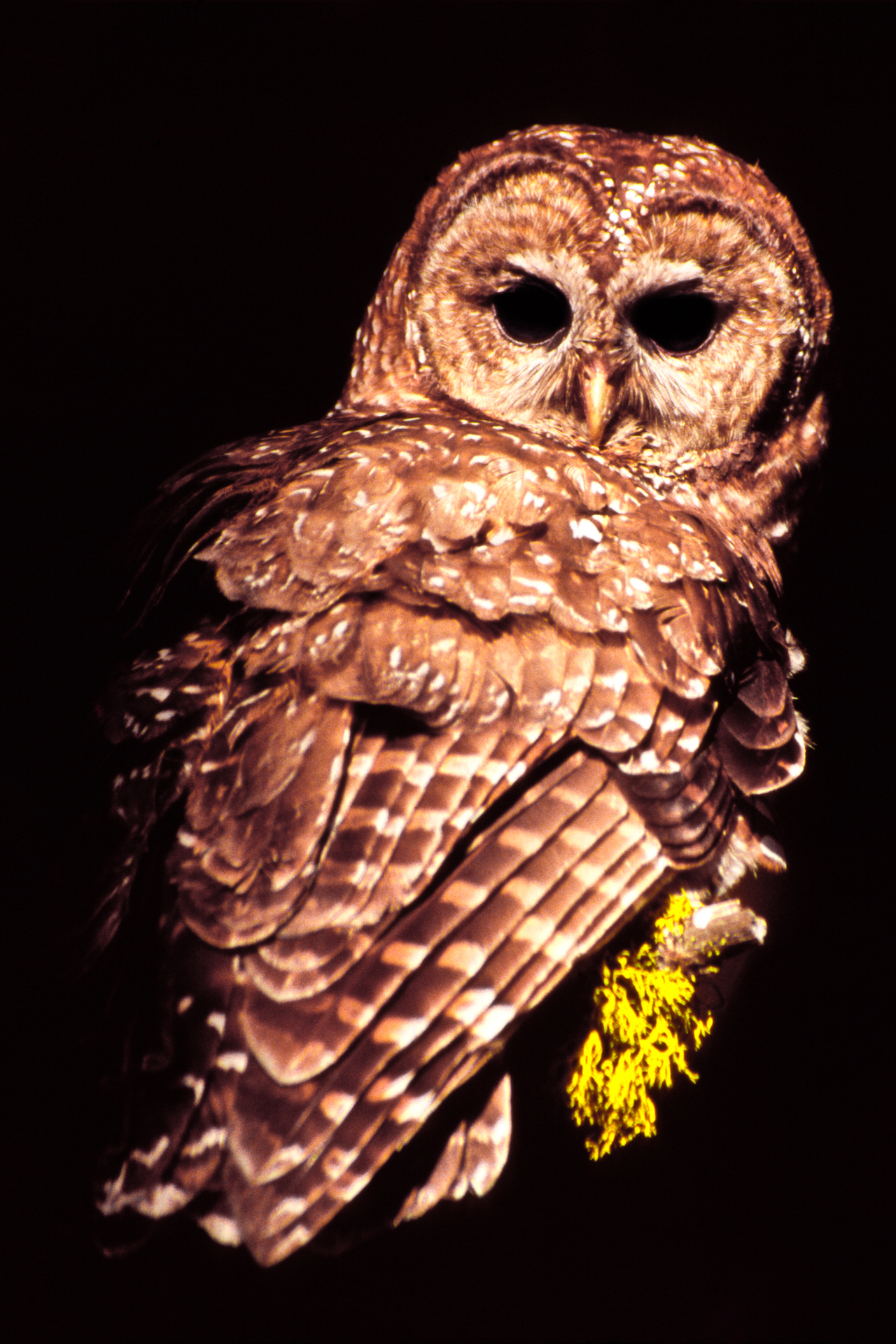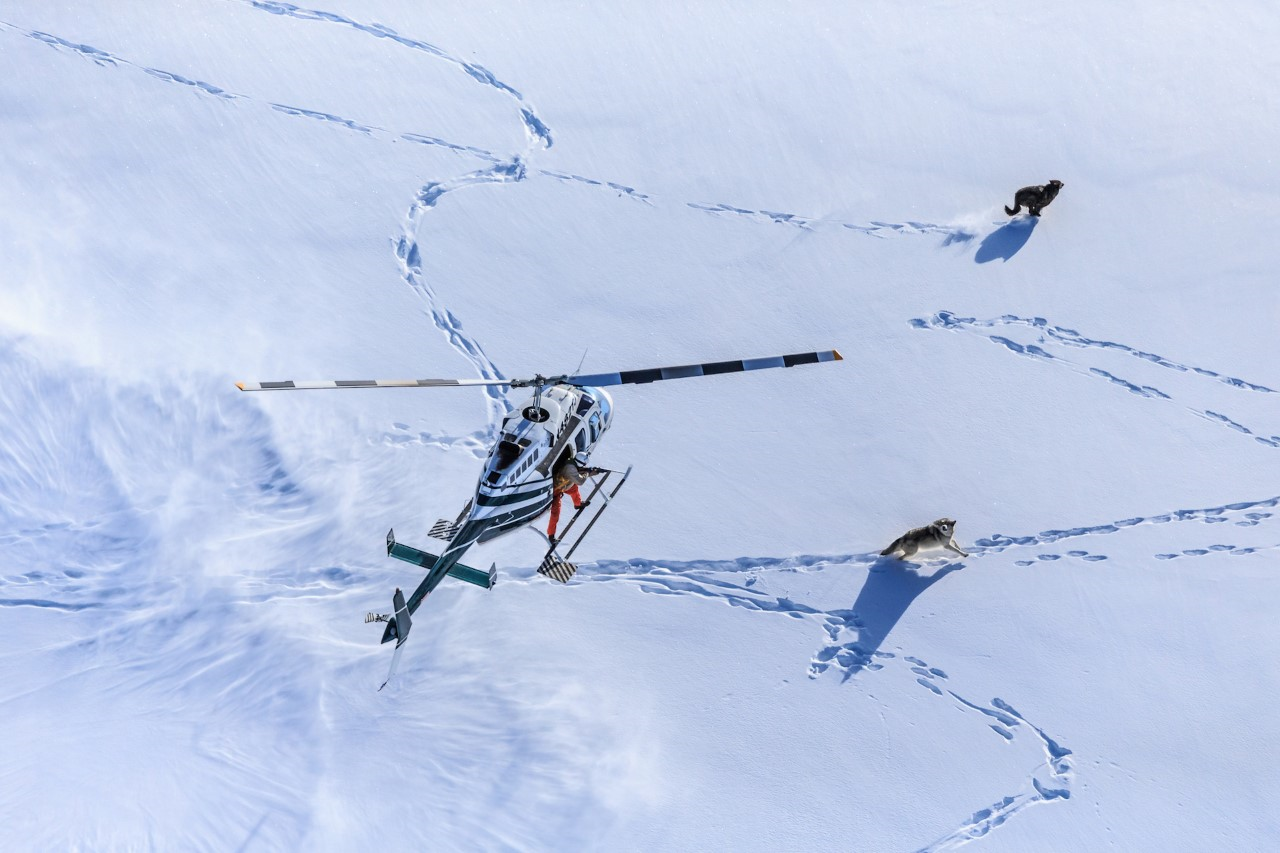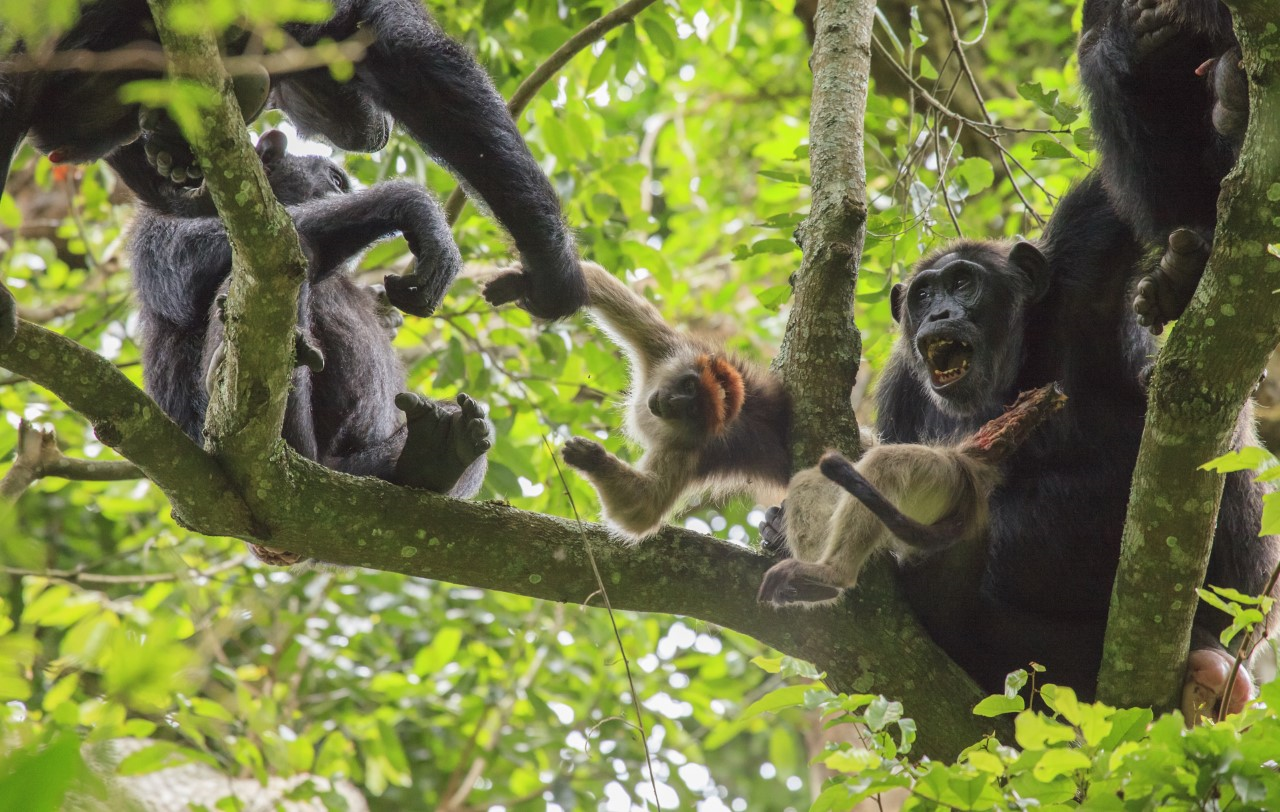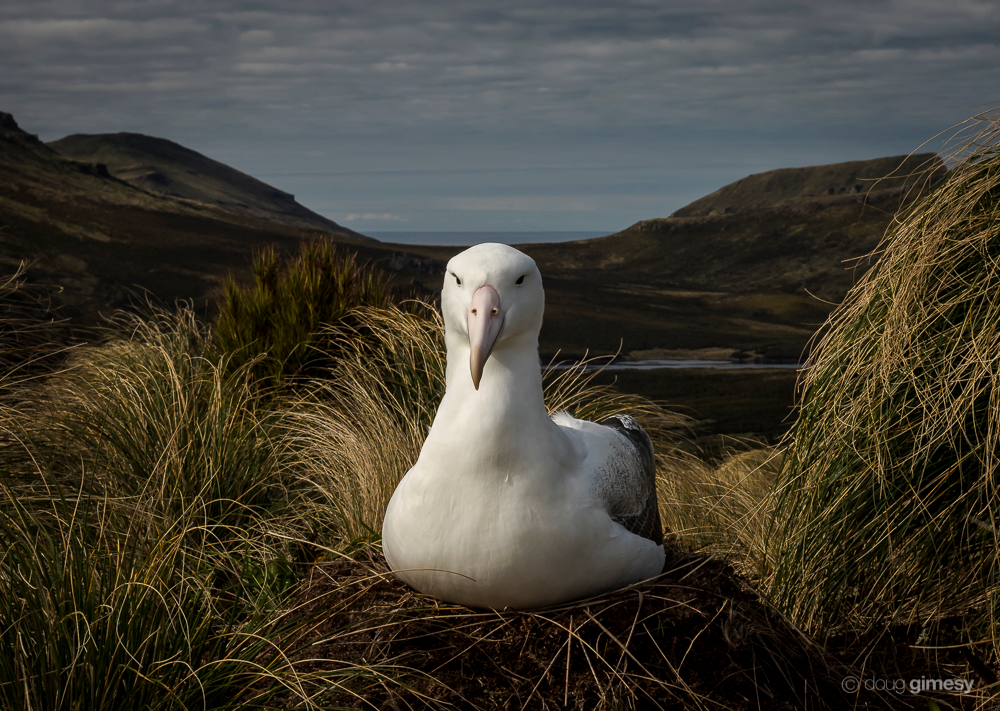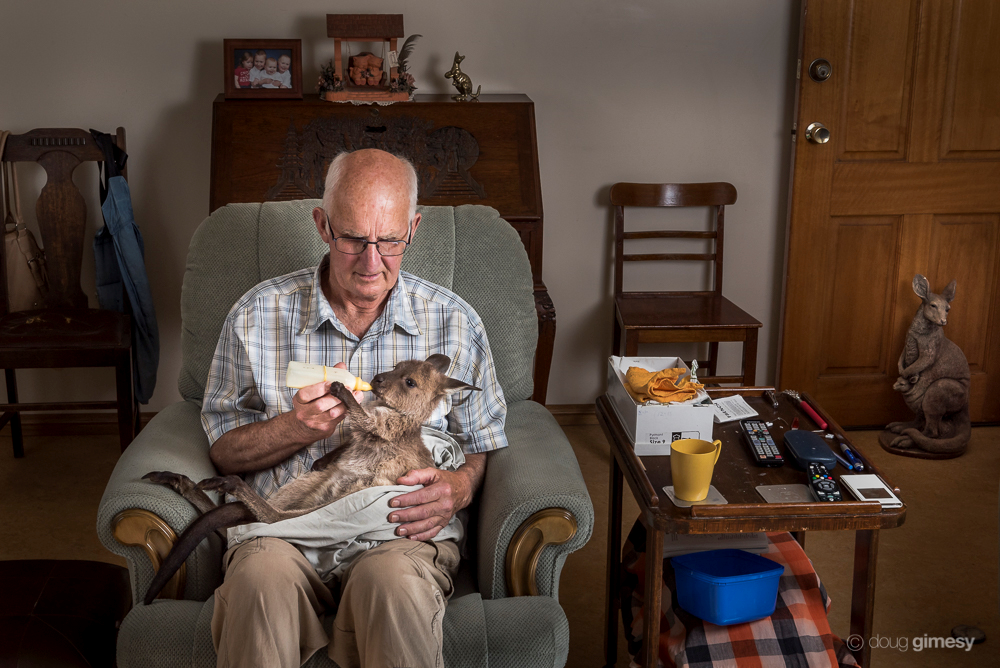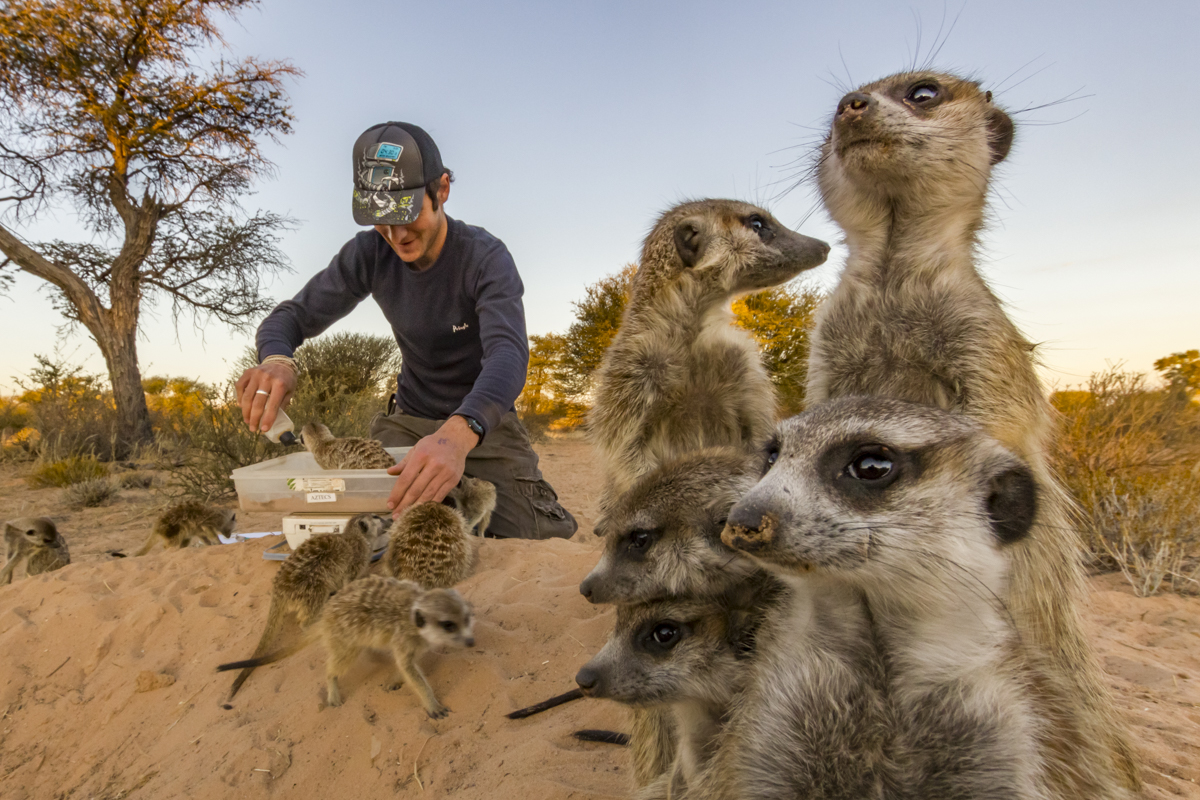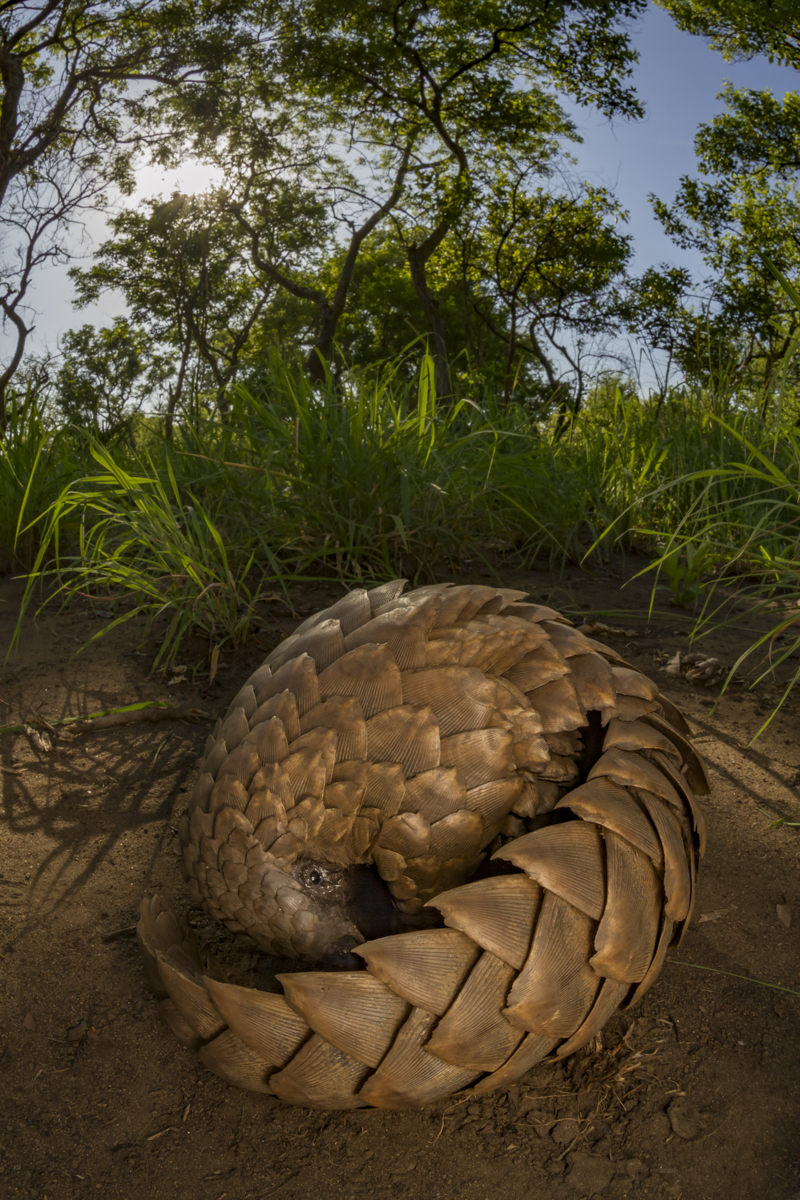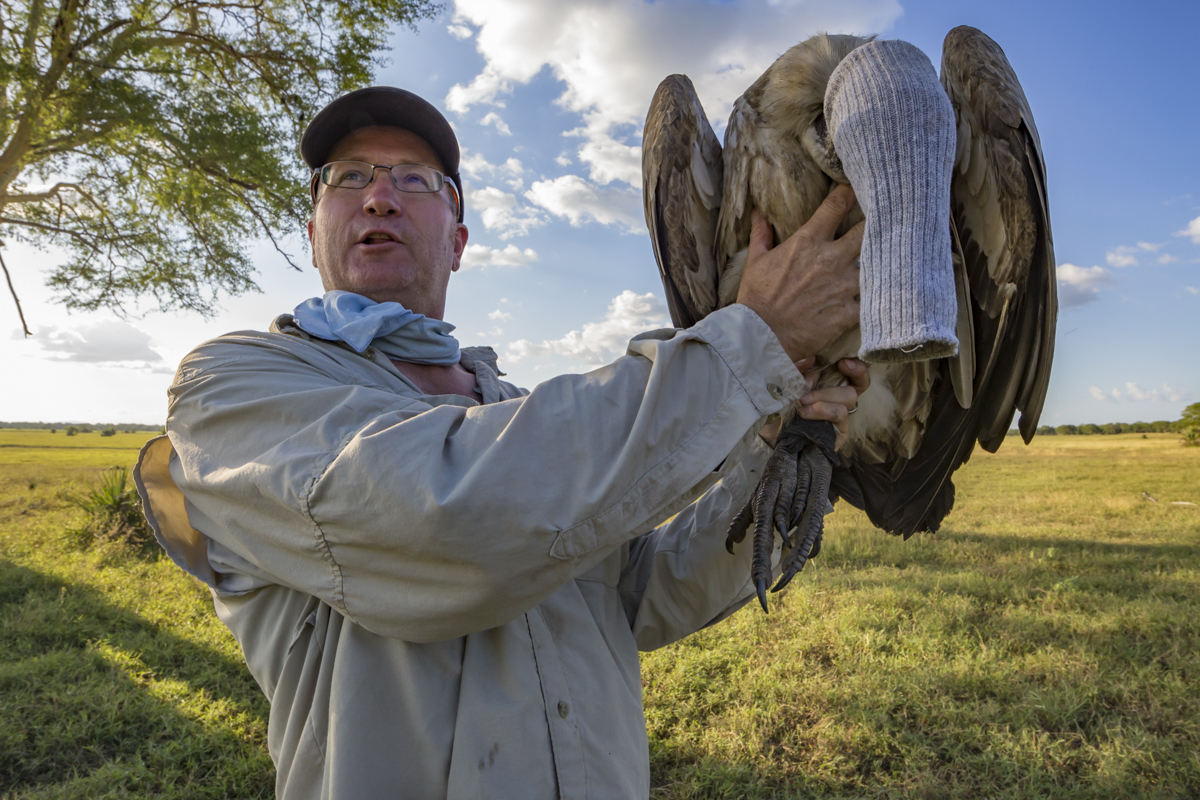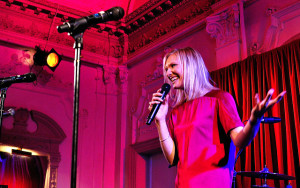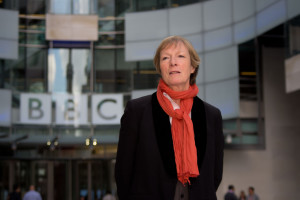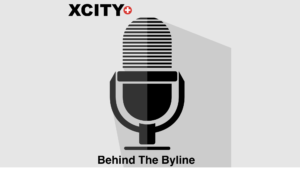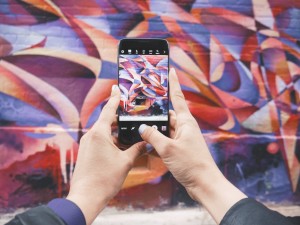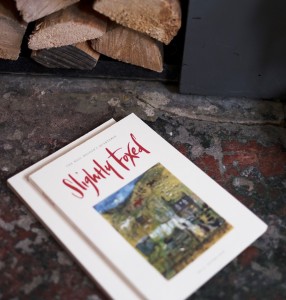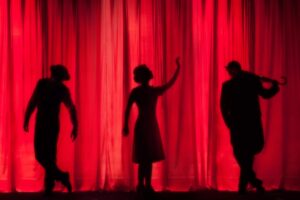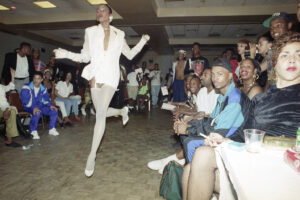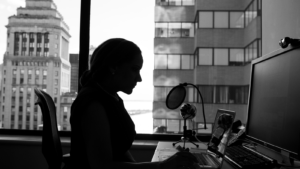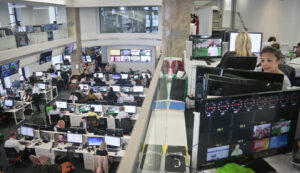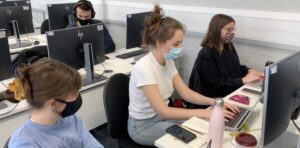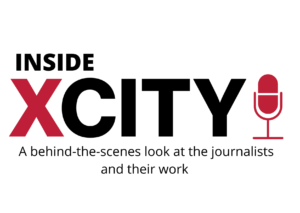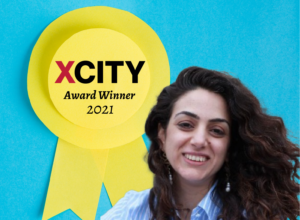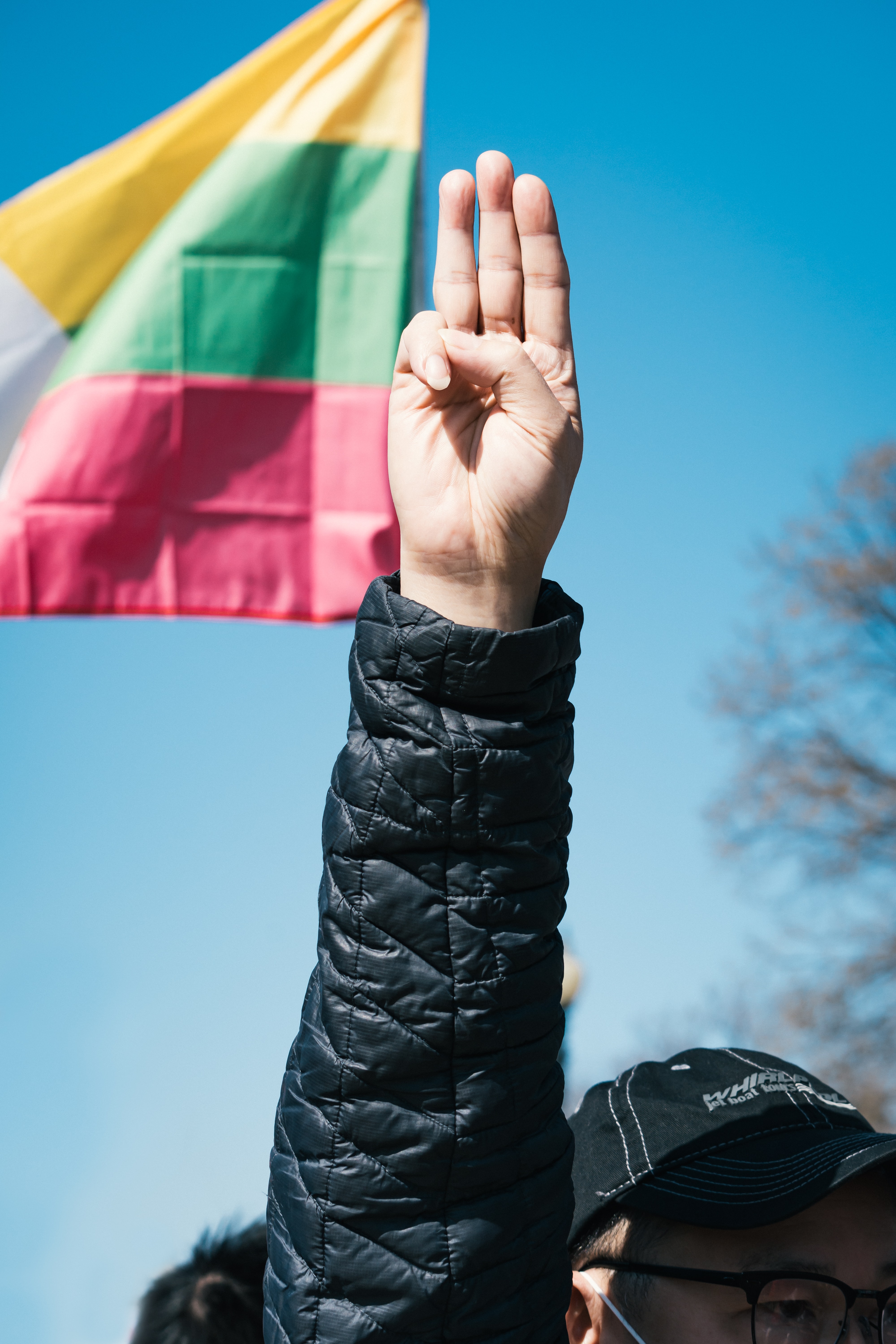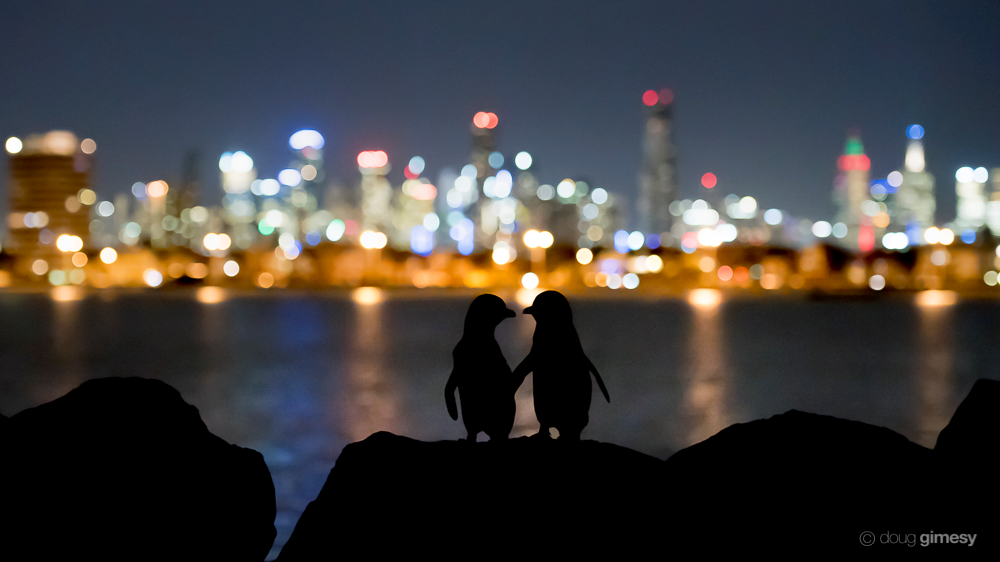
The role of wildlife photojournalists in conservation is more important than ever. From documenting conservation crises to capturing unique animal behaviour on film, their photos surpass linguistic and geographical boundaries. In a year when Planet Earth II reached record-breaking audiences, XCity Plus spoke to three Wildlife Photographer of the Year finalists about their favourite moments on film.
First up is Ronan Donovan, an American photographer whose photos have been featured in the National Geographic magazine and are displayed on the walls of the Smithsonian Institution National Museum of Natural History in Washington DC.
“Images are much more powerful than words in the human brain and they’re much more represented in our memory.
“They have a huge role in conservation – images don’t lie when they’re done by an incredible source like National Geographic or other magazines. It’s the best form of proof, really.”
“Spotted Owl”, Yosemite National Park, USA
“My favourite of all my photos is the one of a spotted owl in Yosemite National Park, California. When I took this image, I felt for the first time that I was creating something I had control over.
“It turned a key in my mind and made me realise there was more to photography than I’d originally assumed, because I was self-taught and it was all sort of trial and error for me.”
“The Shot”, Yellowstone National Park, USA
“The wolf capture image was a really hard one to get technically, with a lot of moving parts. It was high stress for me, I’d never done anything like that. Circling in a plane and trying to stay with a moving helicopter was challenging, so it’s always rewarding when it comes together.”
“The Spoils of the Hunt”, Kibale National Park, Uganda
“The chimpanzee image shows abnormal behaviour. It came from being with those chimps for a year, it was just one of those rare events that happen. It’s a violent but also very natural scene where chimps are hunting monkeys.”
Douglas Gimesy is an Australian conservation photographer whose work has been displayed in National Geographic magazine. He also runs an environmentally-focused communication consultancy firm, The Framing Effect.
“A Royal in Waiting”, Campbell Island, Southern Ocean
“Royal Albatrosses are incredibly beautiful and elegant as a group of animals.
“Sadly, there are only 8,500 breeding pairs left in the world. I just thought it was a really poignant image. It was simultaneously one of the hardest and easiest images I’ve ever taken – it took me nine days to get to this small island in the Subantarctic, but when I turned up, the sun literally opened up and shone a beam of light onto him or her for about four minutes, and it lit it perfectly.”
“Small Penguins, Big City”, Saint Kilda, Australia
“Most people think that penguins only live in cold Antarctic environments, but 17 species exist all the way from Antarctica up to the Galapagos.
“I like it because it’s a bit of a shock and a juxtaposition to see penguins in an urban environment.
“[Images like these] can raise awareness and tell your audience about some of the struggles penguins have with fishing lines, speed boats and tourists.”
“A Helping Hand”, Kangaroo Island, Australia
“A wonderful semi-retired carpenter and his wife, Pauline, look after three or four orphaned joeys at a time in their home.
“They have to feed the joeys four to six times a day. The image shows people caring for and committed to an orphaned animal that just happens to be a kangaroo.
I also like it because it’s a man…we don’t see enough images of men as typical carers, feeding and bathing and things like that.”
Jen Guyton is an American ecologist who is currently studying mammal ecology and conservation in Gorongosa National Park in Mozambique.
“The Collaborators”, Kalahari Desert, South Africa
“This photo was commended in Wildlife Photographer of the Year.
“It gives people a behind the scenes look at what it’s like to be out in the field.
“It involves quite a lot of adventure, and not a lot of people see that.
“I think it gives a very good sense of the connection we as biologists have with our study organisms. We were working with the meerkats every day, and we could tell which family group they were in just by looking at their faces.
“That photo shows one of my colleagues weighing the meerkats in the evening. The meerkats would be coaxed into a tupperware box, that was mounted onto a scale, using a drop of water, a scarce resource in the desert. And we’d get their weights every day, and that provided really important long-term data.”
Pangolin Portrait, Gorongosa National Park, Mozambique
“This is a portrait of a pangolin, which is one of the most threatened mammals on the planet. Hundreds of thousands, if not millions, are taken from the wild every year in Africa and Asia to be used for their parts.
“I’ve taken some portraits of pangolins that I hope allow the viewer to connect with the animals, to see the animal as a living and sentient being, and maybe to fall in love with it. Because I think once people fall in love with an organism, they’re motivated to protect it.”
Vulture Capture, Gorongosa National Park, Mozambique
“The researcher is holding a vulture that he’s captured in order to put a GPS tag on it. The vulture has a sock over its head to keep it calm – it’s a very bizarre picture.
“I think it makes people laugh a little bit, and then it makes them think “What is going on here?”, and then that draws them into the story. Working as a scientist, there are many times in the field when ridiculous, crazy, and funny things happen, and we end up churning out these very serious papers about it. And so I like to sometimes show a light-hearted or funny side to science as well.”
More information can be found on the links below.
Ronan Donovan:
Doug Gimesy
Jen Guyton:

